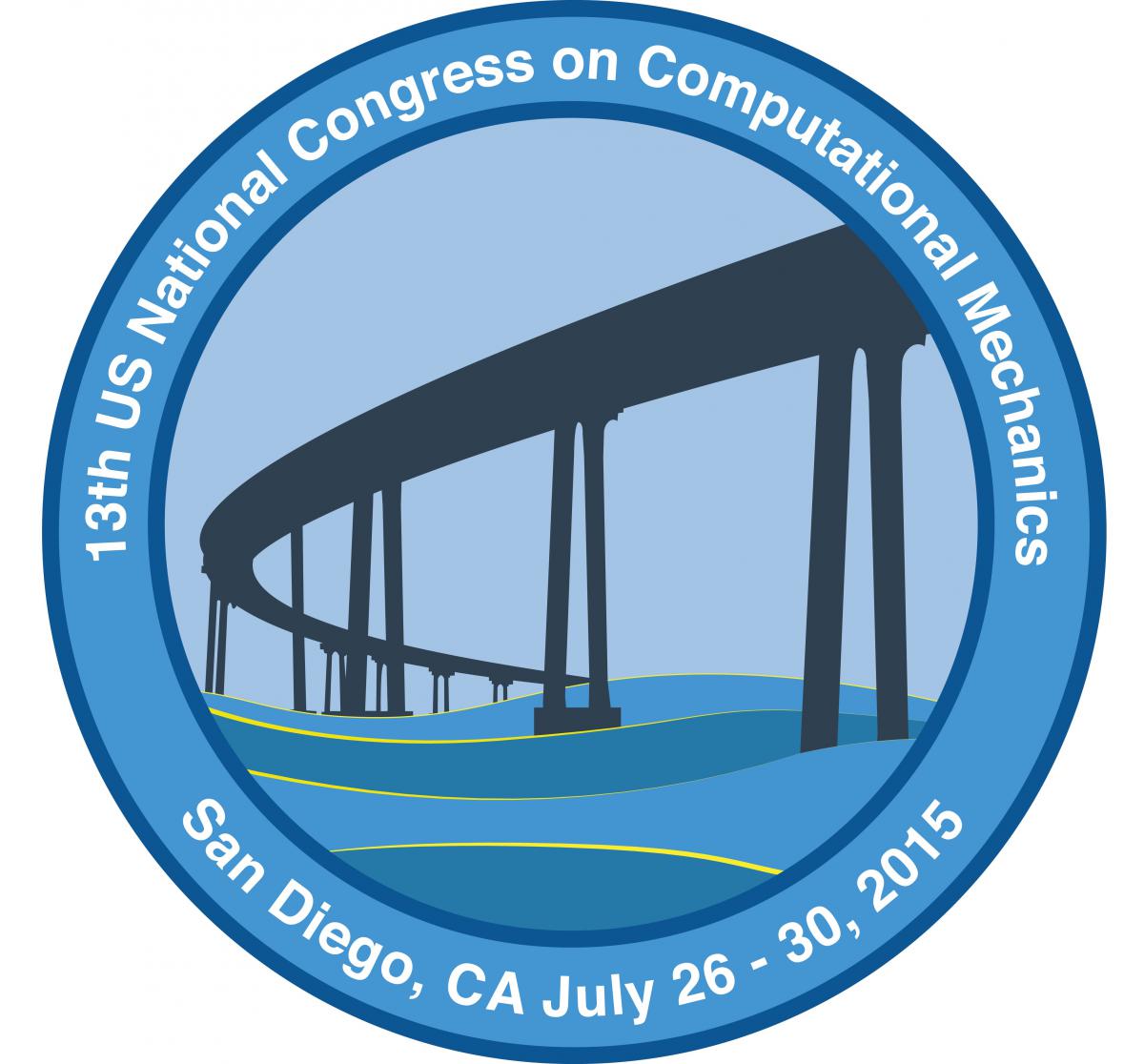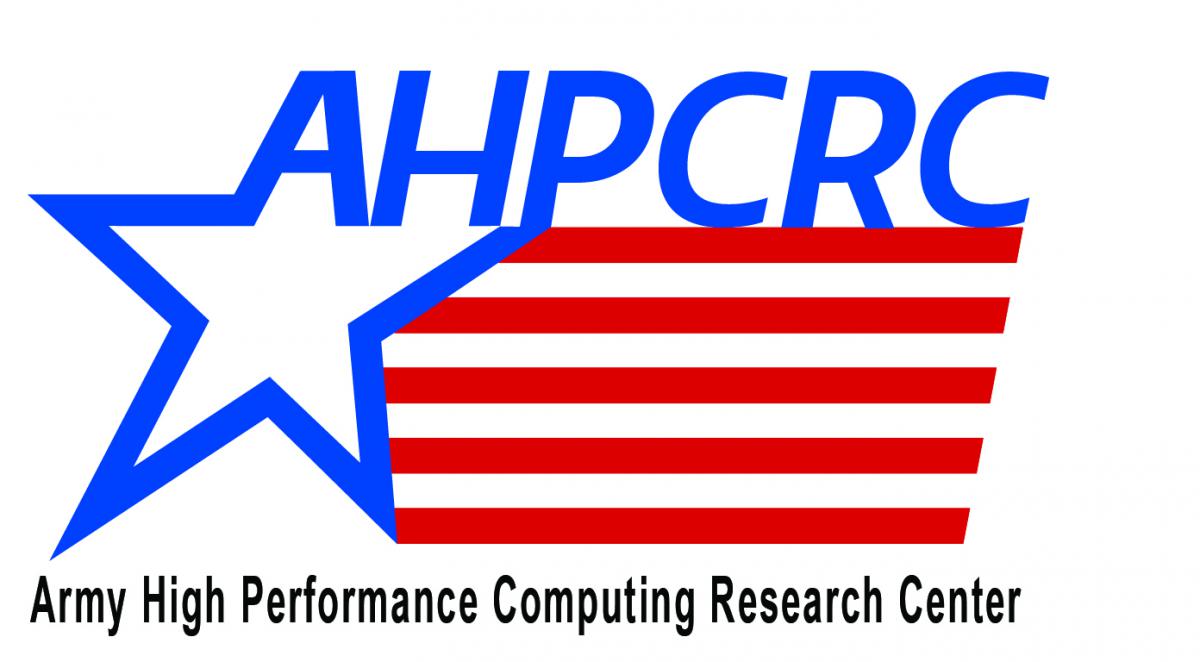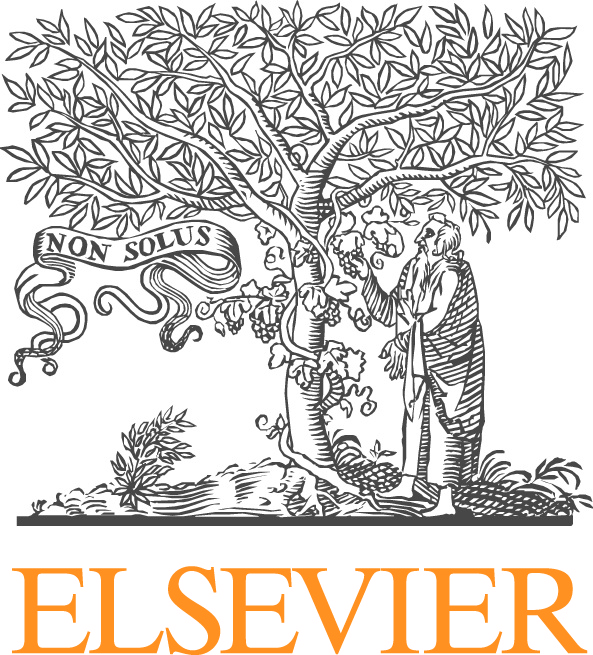Microstructure-Governed Material Deformation: Theoretical and Computational Methods, Models and Outcomes
Microstructure commonly governs a material’s response to a multitude of influences, such as mechanical, thermal, chemical and electrical forces. Although the underlying chemical bonding and electronic structure dictate fundamental material properties and behavior, microstructure can spawn behavior that couples diverse physical mechanisms to ultimately prescribe the aggregate properties. These phenomena are often difficult to predict, and advanced models and methods are needed to understand not only the deterministic behavior, but also assess the effect of microstructural variability resulting from uncertainty in processing conditions.
This symposium focuses on: (a) recent developments of models and methods to simulate microstructure-mediated material response, (b) applications demonstrating predictive models of deformation, as well as (c) discovery of new insights of technological value. Of interest are efforts in the areas of fracture, plasticity, phase transformations, stress-driven phenomena and dissipation relevant to crystalline and amorphous forms of metals, ceramics, and polymers. Methodologies include (but are not limited to) atomistic simulation, statistical mechanics, dislocation dynamics, phase field/crystal models, crystal plasticity, peridynamics, finite element analysis and other techniques for multiscale modeling, with talks emphasizing insights relevant to microstructure-governed behavior and properties.





